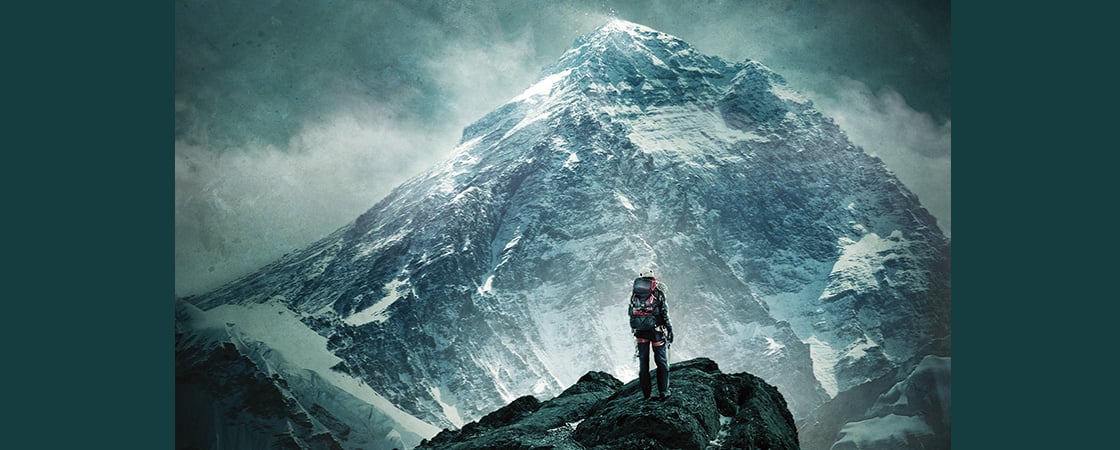The wind howls. You gaze up in wonder at the snowy mountain in front of you. It’s the highest point on Earth: Mount Everest. It towers more than 29,000 feet into the sky. (Many small planes can’t even reach this height!)
Your goal? To climb this massive mountain. The journey to the summit, or top, will take several weeks. Hundreds of climbers try to reach the top every year. Some never make it home. Do you have what it takes to reach the top of the world?
The wind howls. You look up in shock at a snowy mountain. It’s the highest point on Earth. It’s called Mount Everest. It’s more than 29,000 feet tall. Many small planes can’t reach this height!
Your goal is to climb this huge mountain. You want to reach the top, or summit. It will take several weeks. Hundreds of climbers try to reach the top every year. Some climbers never make it home. Do you have what it takes to reach the top of the world?

